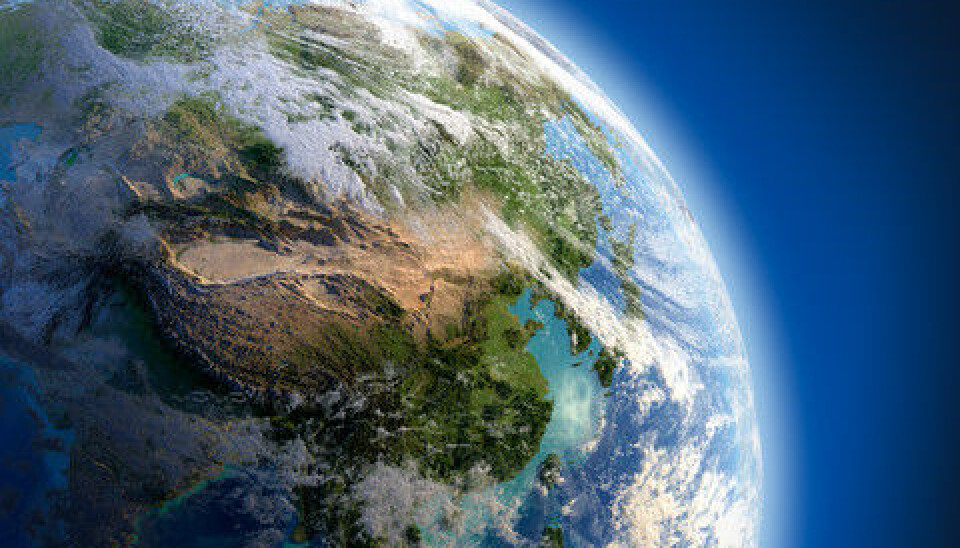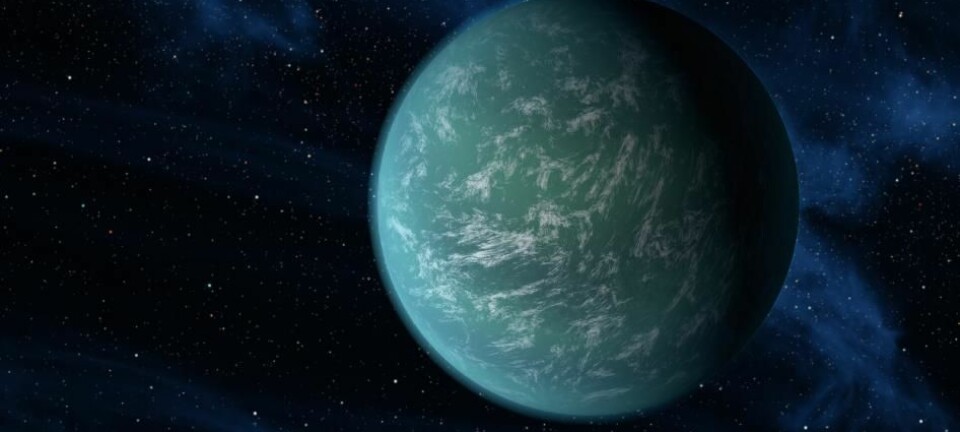
Oxygenated Earth much older than we thought
The discovery of the world’s oldest soil suggests that Earth’s atmosphere contained oxygen as early as three billion years ago. That’s 700 million years earlier than previously thought.
During a recent test drilling in South Africa, mine workers came across soils that had been buried under 1,000 metres of soil for more than three billion years.
This is the oldest soil ever found.
An analysis of the soil shows that oxygen – and thus life as we know it on Earth – flourished when the soil was formed three billion years ago. That’s 700 million years earlier than previously thought.
This surprising discovery means that the history of life will now need a solid rewrite.
Our discovery shows that life has evolved much faster than we thought. Life emerged and spread to a degree that it could cause changes in atmospheric oxygen over a relatively short period. This shows how resilient life really is, and how quickly it evolves once it has been created.
“Our discovery shows that life has evolved much faster than we thought. Life emerged and spread to a degree that it could cause changes in atmospheric oxygen over a relatively short period. This shows how resilient life really is, and how quickly it evolves once it has been created,” says Lasse Nørbye Døssing, a postdoc at the Department of Geography and Geology at the University of Copenhagen and the Nordic Center for Earth Evolution (NordCEE).
He is the co-lead author of a new study, just published in the journal Nature.
Early life bereft of oxygen
The Earth was created 4.5 billion years ago. The first several hundred million years were barren and lifeless and the atmosphere had no oxygen.
It wasn’t until an estimated 3.8 billion years ago that photosynthetic life started on Earth. Scientists have found evidence of this in marine sediments in Greenland, where bacterial carbon indicates the presence of bacteria.
I actually believe that bacteria existed on Earth and oxygen in the atmosphere even further back than we had ever imagined. We just haven’t had access to materials that we could measure for oxygen contents, nor have we had the methods of analysis required to make these measurements. Now we have both.
These bacteria could convert sunlight and water into oxygen and carbon. This is the same as what today’s plants do; however, in the early days the bacteria were so scarce and isolated that their presence on Earth was insufficient to change the planet’s atmospheric composition.
The best scientific estimate so far has been that this happened 2.3 billion years ago.
Scientists have struggled to understand why it took a full 1.5 billion years (from 3.8 billion years ago to 2.3 billion years ago) for life to spread on Earth, not least seeing as the bacteria didn’t have much competition for space at the time.
The new study reveals that it didn’t take this long, and that life had already spread to most parts of our planet more than three billion years ago:
“I actually believe that bacteria existed on Earth and oxygen in the atmosphere even further back than we had ever imagined. We just haven’t had access to materials that we could measure for oxygen contents, nor have we had the methods of analysis required to make these measurements. Now we have both,” says Døssing.
Chromium analysis detects oxygen
In the new study, the researchers ran a so-called chromium analysis of the old soils. Here they examined the composition of four chromium isotopes in the soil samples.
The composition of these isotopes contains information about whether or not our atmosphere contained oxygen when the soil was formed.
When oxygen is present in the atmosphere, it binds to chromium and the heavy chromium isotopes are washed out of the soil. If, on the other hand, no oxygen is present in the atmosphere, the heavy chromium isotopes remain in the soil.
Since the early soil was exposed to wind and weather, the fraction of heavy chromium isotopes can be used to determine whether or not there was oxygen in our atmosphere three billion years ago.
“The heavy chromium has been washed out of our soil sample, while the light chromium remains,” says study co-author Sean Crowe.
“This means that there must have been oxygen in our atmosphere when the soil was formed three billion years ago. Ergo, there was also widespread life back then.”
----------------------
Read the Danish version of this article at videnskab.dk
Scientific links
External links
- Lasse Nørbye Døssing's profile (University of Copenhagen)
- About the Nordic Center for Earth Evolution (NordCEE)








